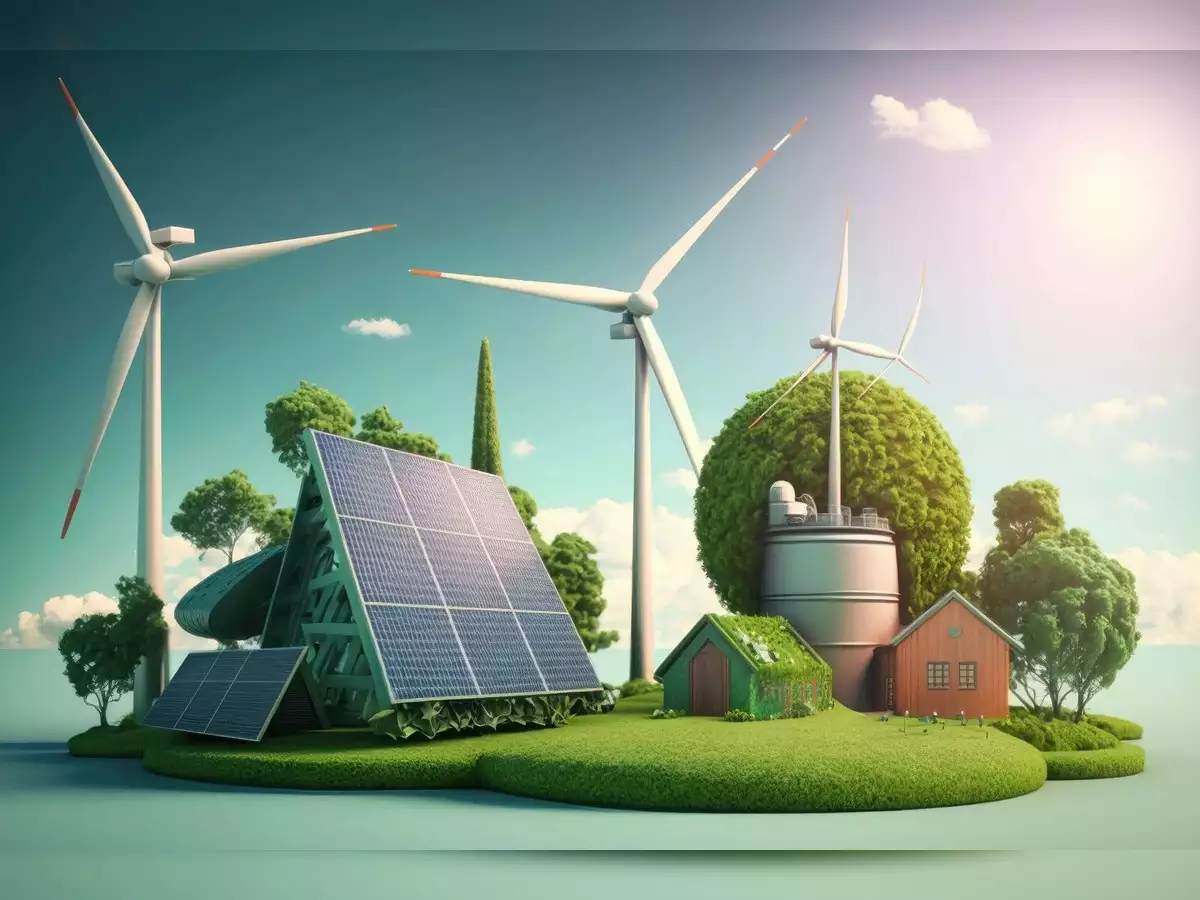A recent report by University of California, Berkeley economists reveals that clean energy tax credits have predominantly benefited higher-income tax filers, highlighting a challenge for the Biden administration’s emission reduction efforts.

The study, circulated by the National Bureau of Economic Research, analyzed $47 billion in clean energy tax credits claimed between 2006 and 2021. It found that the top 20% of households by income received 60% of these credits. The tax incentives were for purchasing heat pumps, solar panels, electric vehicles, and other clean energy technologies.
Disparities in Clean Energy Tax Credits
These credits were expanded under the 2022 Inflation Reduction Act, signed by President Joe Biden. Although the study did not evaluate the Act’s direct impact, it emphasized a common critique: incentives alone, without penalties on carbon emissions, are inadequate for achieving net-zero emissions by 2050.
“The cost effectiveness of tax credits hinges on their ability to increase adoption of clean energy technologies,” the paper stated. “Overall, we find little correlation between tax credits and technology adoption.”
The disparity is most pronounced in the electric vehicle tax credit, where 80% of credits went to the top quintile, and 50% to the top 5% of earners. For heat pumps, the study found no significant impact from tax credit changes, although year-to-year comparisons posed challenges. The researchers highlighted that while incentives aim to reduce costs and encourage adoption, the financial burden of initial investments often remains a barrier for lower-income households.
Consistent Trend Over Time
The report noted that this trend of high-income earners claiming the majority of benefits has remained consistent over time. The skew towards wealthier households may stem from the upfront costs associated with clean energy technologies, which can be prohibitive for lower-income families even with tax credits. High-income households, on the other hand, are more likely to have the disposable income necessary to make these investments and benefit from the tax incentives.
Limitations of the Study
However, the study acknowledged limitations, including the exclusion of non-filing households, which make up about 18% of U.S. households. Additionally, it did not address how much of the benefit is absorbed by technology sellers through price increases. This aspect suggests that some of the intended benefits for consumers might be offset by higher costs charged by sellers aware of the tax credits’ availability.
Policy Implications and Alternatives
Economists suggest that direct pricing of emissions, through a carbon tax or a cap-and-trade program, would be a more effective method for reducing emissions and promoting clean energy adoption. These policies, however, face opposition from Republicans and many centrists. A carbon tax would directly impose a cost on carbon emissions, encouraging both businesses and consumers to reduce their carbon footprint. Cap-and-trade programs set a limit on emissions and allow companies to buy and sell allowances, providing a market-driven approach to reducing emissions.
Despite political resistance, these alternatives could potentially address some of the equity issues identified in the report. By making carbon emissions more costly, such policies could drive broader adoption of clean energy technologies across different income levels. Moreover, the revenue generated from a carbon tax could be used to fund additional subsidies or programs targeted at low-income households, helping to offset the upfront costs of clean energy investments.
Future Directions
The findings of this report underscore the need for a more equitable approach to clean energy incentives. Policymakers must consider ways to make these benefits more accessible to lower-income households, perhaps through direct subsidies, low-interest loans, or other financial mechanisms that reduce the initial cost barrier. Additionally, there should be a focus on integrating these incentives with broader policies aimed at reducing carbon emissions comprehensively.
The ongoing debate over the most effective methods to combat climate change and promote clean energy adoption continues to evolve. As the impacts of climate change become more pronounced, the urgency for effective and equitable solutions grows. This report adds a critical perspective to the conversation, highlighting the need for policies that not only drive technological adoption but also ensure that the benefits of such policies are distributed fairly across all income levels.
The report by economists at the University of California, Berkeley, highlights a significant challenge in the current approach to clean energy tax credits. While these incentives have successfully promoted the adoption of clean energy technologies among higher-income households, they have not been as effective in reaching lower-income families. Addressing this disparity is crucial for ensuring that the benefits of clean energy are shared broadly and that the nation can meet its ambitious climate goals. Policymakers must consider a range of strategies, including direct emissions pricing and targeted support for lower-income households, to create a more equitable and effective approach to reducing carbon emissions.